If you’re going to invest in gold coins, you will need to ensure they are the genuine article, rather than a fake. But how can you tell if a coin is nothing more than a convincing counterfeit? Here are eight techniques to help you avoid being scammed.
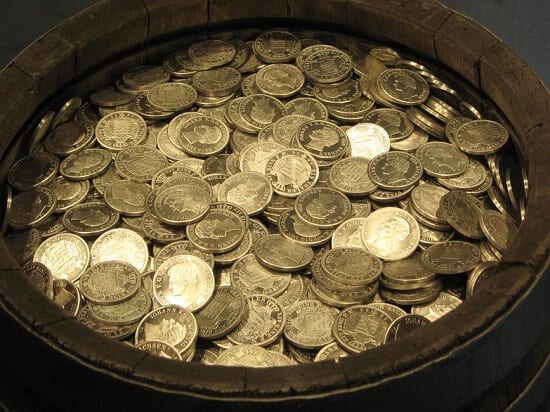

1) Check gold and silver coins with a magnet
Anyone who knows a little about precious metals will already be familiar with the fact that gold and silver do not interact with magnetic forces. This means that a high quality, genuine coin should remain unmoved if exposed to a magnet.
If a coin which is claimed to have a high gold or silver content is attracted to a magnet, then it is likely a counterfeit that contains more steel or iron than advertised.
It’s worth remembering that for this reason, some counterfeiters use other non-magnetic metals like copper and lead. This means the magnet test should be carried out alongside the other techniques if it proves inconclusive.
Download our FREE Insiders Guide to Tax-Free Gold and Silver Investment here
2) Examine coins closely for visual imperfections
Even the best counterfeiters in the world make mistakes, and with a well-trained eye, you should be able to spot the difference between the real deal and a fake. This applies for counterfeits of mainstream coins as well as rare collectable coins for investment.
To do this most accurately, pick up a magnifying glass, or go a step further and invest in a specialised loupe used by jewellers to get a closer look at the surface.
If you don’t have a genuine coin to hand, find a high-resolution image of the coin online and use this to make your comparison.
3) Weigh and measure coins
From modern silver Britannia coins to vintage 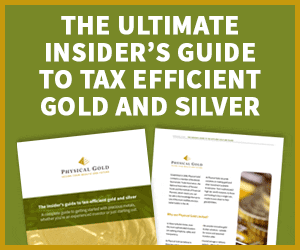

Because major mints are so reliable in these terms, spotting a fake coin is fairly easy. You just need a calliper and a set of electronic scales.
A standard set of kitchen scales will not offer sufficiently accurate measurements, so buy a scale that displays weights to at least two decimal places. Weigh the suspicious coin and if it is out of kilter with official figures by a significant margin, reject it.
Even a coin that is on the ball in terms of weight can still be a fake. By using a calliper to measure its depth and diameter, you will be able to spot any inconsistencies.
Counterfeiters find it almost impossible to create the perfect phoney coin which both weighs the same as the currency it is spoofing and also has the same dimensions. With the right kit, you can steer clear of dodgy deals.
4) Stack suspicious coins
Another obvious sign that a coin is not of sound origin can be seen in the relief. Even small variations in the height of the relief can become apparent with a straightforward stacking test.
All you need to do is place the coin in a small stack with other examples of similar heritage. Real coins will stack neatly and remain stable, while fakes that are not struck with the same attention to detail or high-quality craftsmanship will teeter, totter and tumble over.
Identifying uneven relief height using this technique does require that you have access to real coins of the same age and denomination. This might limit its usefulness if you are new to investing in or collecting coins, but will help those who are expanding an existing hoard.
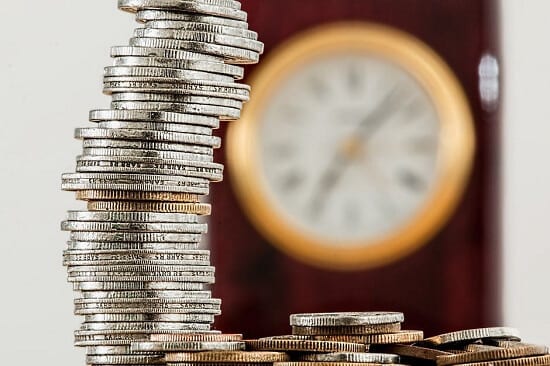

5) Ping silver and gold coins
This technique is specific to gold and silver coins as a result of the properties of the metals and the noise that coins make when they collide with a hard surface.
Pinging is a straightforward test for valuable coins, as the sound produced by silver and gold as they hit a table top, or are struck against another coin, is unique. While coins made with lesser metals, including counterfeits, will sound dull when dropped, a genuine coin will ring out for longer and produce an unforgettable high-frequency sound.
Prepare yourself to scrutinise potential coin purchases by performing the ping test on a gold or silver coin you know to be genuine, or check audio examples online. That way you’ll have a fixed idea of what to listen out for later on.
6) Place an ice cube on the coins
Gold is a great conductor of heat, silver even more so. That means as soon as an ice cube comes in contact with the surface of a gold or silver coin, it will begin to turn back into liquid water.
If a coin is made of a less conductive and less valuable metal, this process will not begin as quickly. Try this test out with genuine gold and collectable silver coins to see what the reaction should look like.
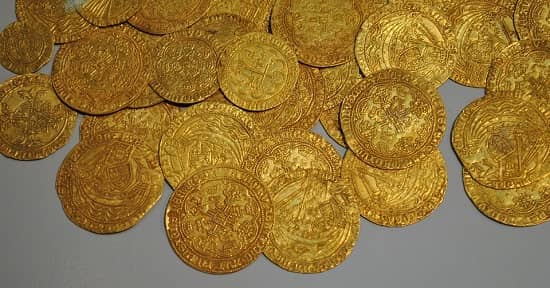

7) Check the specific gravity of gold and silver coins
This is a far more technically advanced test than the others covered so far, which makes it a little harder to recommend to the average coin investor. However, arming yourself with as much knowledge as possible is always a good thing, so understanding the specific gravity test will be helpful for everyone.
The specific gravity of gold and silver will be unique and thus different from that of other metals. You can calculate the expected relative density of a coin made of a precious metal, then test it in real time using a set of scales, a container and some distilled water.
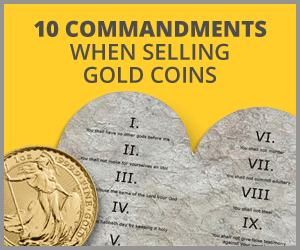

Weigh the coin, then fill the container with the water and place it on the scales, before resetting the measurement to zero. Tie a small length of thread around the coin and slowly place it into the water until it is entirely beneath the surface, but not touching the bottom of the container. Take a note of the weight that has been added and then divide it by the ‘dry’ weight of the coin you took earlier.
For gold, the specific gravity you are looking for is 19.3 for a completely pure sample. For silver, it’s 10.49.
8) Work with respected silver and gold coin dealers
If you want to avoid all of the complications that come with trying to detect counterfeit coins under your own steam, the best option is to only buy from dealers that have a good reputation.
This isn’t just about avoiding the first-hand contact with con artists, but also about building up a trusting relationship with a company like Physical Gold which you can rely on for all your future precious metal investment needs.
Most of all you should avoid coins that are being sold well below their market value, or being pushed upon you by a dealer who seems eager to get the sale over with as quickly as possible. The signals of an attempt to shift fake coins should be clear, so long as you are willing to look for them and don’t fall for a deal that’s too good to be true.
Call or email Physical Gold for more coin advice
Our experts know everything there is to know about gold and silver coins, so if you are thinking about investing and want more information, then the best option is to get in touch. Make a quick phone call to 020 7060 9992 or email us for outstanding coin advice.

